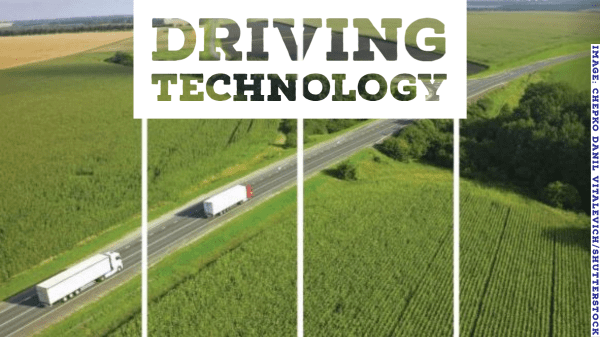The irony of modern transportation and logistics is that the sophistication of today’s trucks and systems should attract techie millennials to maximize the data and take advantage of all the available features, but younger generations are shying away from the industry.
The current average age of truck drivers is 56, and many of these long-haul individualists are still on the road. With most nearing retirement, it’s become more difficult to recruit younger generations, especially “digital natives” to replace them.
Moving perishables from packinghouse to warehouse to retailers—and having loads arrive in premium condition—is and will always be the steadfast goal of the transportation and logistics industry.
The tools available today at every point within the supply chain were unimaginable a generation ago, and even more are on the way—perhaps a few that will make today’s systems look quaint.
Shining a Light on Transparency
One word that comes up frequently among industry professionals and experts is transparency.
Fred Plotsky, president of Cool Runnings, Ltd., BB #:125423 a transportation broker in Kenosha, WI, says, “For many customers seeking transparency and visibility on drivers’ smartphones, systems like MacroPoint or FourKites may suffice, but they’re not always reliable.”
Another impediment, Plotsky says, is the age and type of phone. “Many of the older drivers still use flip phones that don’t interface with many of the load tracking systems.”
And when it comes to tracking systems, he says, “some companies use global real-time freight visibility platforms on their reefer units, but those are few and far between.
“There are flaws in these apps,” Plotsky adds, “tracking companies carry compliance and/or visibility rates across their platforms of between 75 to 85 percent, but shippers want 95 percent visibility.”
He gives the example of a driver’s location being shown in Dallas for three days, “but his trailer was stolen and found empty in Mexico. If the system had been following the trailer, not the driver’s cell phone, the customer would have known the trailer was stolen.”
Despite hiccups and outright failures in some instances, Gail Rutkowski, executive director of the National Shippers Strategic Transportation Council (NASSTRAC), says, “In the last year, we’ve seen more acceptance of technology among shippers and receivers.” She believes both trust and transparency are on the rise.
This is a multi-part feature adapted from the Transportation and Logistics supplement to the July/August 2020 issue of Produce Blueprints.



